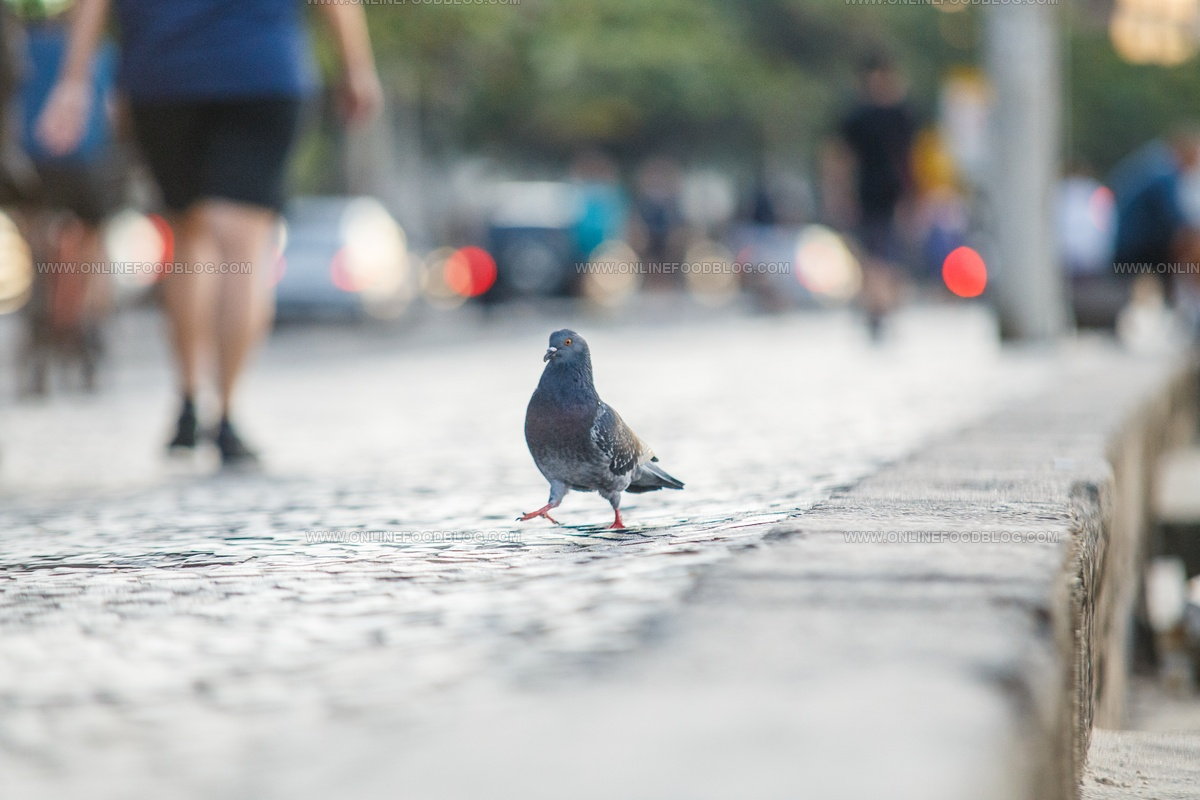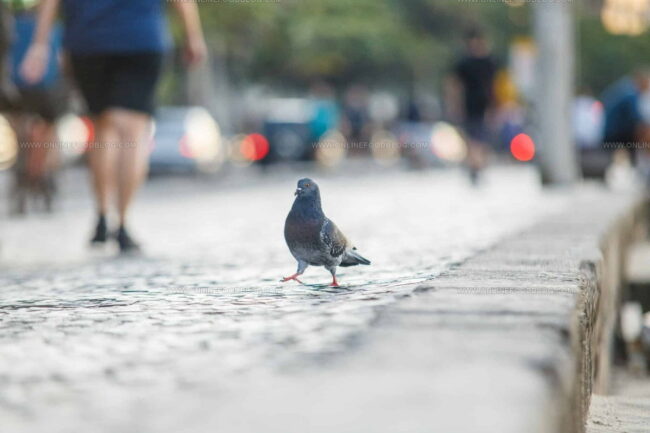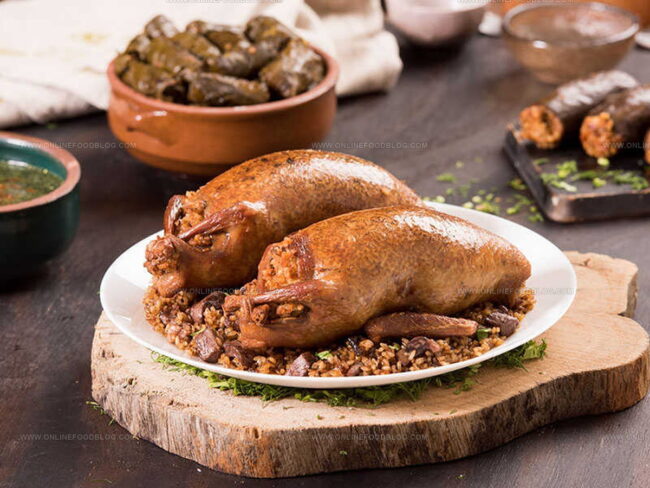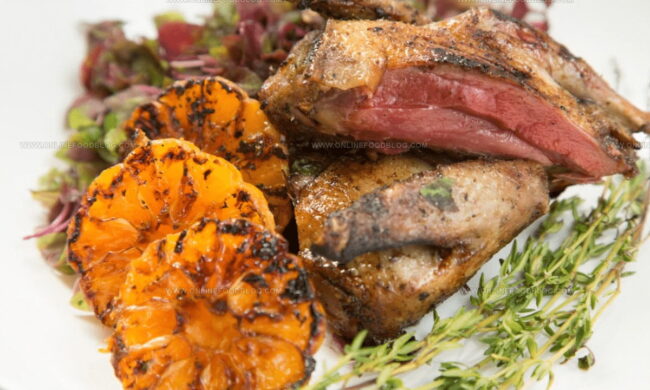What Does Pigeon Taste Like? Discover This Mystery Meat
Culinary adventurers often wonder about pigeon taste experiences that spark curiosity and challenge traditional dining norms.
These feathered creatures have surprisingly complex gastronomic potential beyond their urban reputation.
Pigeons represent more than just city dwellers perched on street corners or park benches.
Some cultures consider these birds a delicacy with rich historical significance in various cuisines worldwide.
Chefs and food enthusiasts appreciate pigeons for their unique characteristics and potential flavor profiles.
Proteins from these birds offer distinctive culinary opportunities that might intrigue those seeking unconventional meat options.
Are you prepared to unravel the fascinating world of pigeon as a potential dining experience?
Facts About Pigeons and Pigeon Meat
Pigeons roam across different parts of the world.
These birds make homes on land while staying close to water sources like rivers and ponds for drinking.
Summer months show pigeons with grey feathers and dark spots.
Fall brings reddish colors to their plumage before changing to whitish-grey shades that remain until spring returns.
Hunters often kill pigeons during their final feather change, then sell or use their meat as an affordable food choice.
Meat from these birds might not appeal to everyone, but game bird fans will enjoy squab's distinct flavor.
Squabs refer to young domestic pigeons that have not finished changing feathers.
Such birds adapt to different climates and eat multiple food types, including grains, fruits, and vegetables.
Without much body fat, squab meat stays tender and delicate in taste.
Squab appears in many global cooking styles.
French chefs consider it special, and Chinese rulers historically loved serving these birds at fancy meals, keeping live pigeons as prized companions before cooking.
What Pigeon Meat Tastes Like
Pigeon meat, also called squab, has a rich, deep flavor that’s stronger than chicken but still mild and pleasant.
The meat is dark, tender, and juicy, with a taste that’s sometimes described as a mix between duck and beef, but softer and easier to chew.
Younger pigeons are prized for their smooth, delicate texture, while older birds offer a bolder, more complex flavor.
Pigeon meat is packed with protein, healthy fats, and nutrients, making it both tasty and good for you.
Although it’s not as common as chicken, people who try pigeon often find it more flavorful and satisfying, especially when cooked by skilled chefs.
Since raising pigeons is more costly and they yield less meat, you won’t see them everywhere, but the unique taste makes them worth a try if you get the chance.
Wild vs. Farmed Pigeon: Flavor and Texture
Wild and farmed pigeons have different flavors and textures because of what they eat and how they live.
Wild pigeons have a stronger, more earthy taste, with meat that can be firmer and leaner since they fly and forage for food.
Farmed pigeons, especially young ones called squab, have a milder, sweeter flavor and extra tender meat thanks to their grain-based diet and less active lifestyle.
If you want a gentle, melt-in-your-mouth bite, farmed pigeon is a great choice, but if you enjoy bold flavors and a bit more chew, wild pigeon will stand out.
Both types are packed with nutrients, but the experience can feel totally different depending on which kind you try.
Cooking Methods for Pigeon Meat
Cooking pigeons demands skill and knowledge of specific techniques.
Mastering this dish isn't straightforward for most home cooks.
Mistakes can quickly ruin the entire meal.
Pigeon meat has a delicate nature that turns tough and dry when cooked incorrectly.
Wild pigeon flavor might seem strong for some diners.
Seasoning carefully helps balance its distinctive taste and makes the meat more appealing.
Roasting and grilling work best for preparing pigeons.
Roasting remains the most common method for handling this meat.
Here is a helpful approach for successful preparation:
Cooking Guide
Ingredients:Oiling roasting pans with butter or bacon fat helps create tastier birds. Careful preparation matters for delicious results.
Steps for roasting pigeons:
Downsides Of Eating Pigeon Meat
Certain winged creatures come with some notable problems.
Pigeons spread nasty parasites and sicknesses that could harm human health if someone accidentally consumes them.
Their diet consists of gross stuff like dirt, worms, and insects scavenged from street gutters and sidewalks.
Pigeon meat contains high hormone levels and unusual fatty acids, which gives it a strange, strong flavor that most wouldn't enjoy.
These birds carry serious risks like tuberculosis, which can spread through their droppings if contact happens with an open wound.
Most individuals simply feel uncomfortable with eating pigeon meat compared to standard protein sources.
Restrictions on hunting these birds in multiple countries also discourage potential consumption, making them an unlikely meal choice.
Using Pigeons for Food
Pigeons once played a significant role in meals across regions.
Mass hunting drove Passenger Pigeons toward complete disappearance within United States borders.
Large flocks became targets for hunters seeking meat and resources.
Meat from these birds has slowly faded from common dining experiences.
Small restaurants and countryside dining spots occasionally feature pigeon dishes on their menus.
Specialty markets and local farmers markets continue selling pigeon meat for interested customers.
Can People Eat Pigeon?
Pigeon shows up in many different recipes around the world. Different regions enjoy these birds as a standard meal without hesitation.
Spanish dinner tables more commonly feature pigeon compared to typical American dining experiences.
Some countries consider cooked birds a traditional food source, similar to how Uruguay embraces guinea pigs as a regular meat choice.
Is Eating Pigeon Meat Healthy?
Meat from pigeons or squabs serves as game bird protein in specific world regions, with some societies viewing it as a special dish.
Pigeon meat packs significant nutritional benefits with high protein content and important minerals like iron and phosphorus.
Vitamin B12 also appears abundantly in this meat.
Compared to standard poultry products, pigeons contain less fat and cholesterol while maintaining moderate calorie levels per ounce.
Specific measurements show fewer calories than standard chicken or beef servings.
Selenium levels in pigeon meat help combat serious health conditions, potentially protecting against cancer, measles, and influenza infections.
During agricultural challenges like droughts or floods, pigeons might support livestock feeding through alternative protein sources when grain supplies become limited.
Dark pigeon meat contains lower fat percentages compared to white meat options, making it attractive for weight management strategies.
Research indicates high antioxidant concentrations in pigeon meat can reduce body inflammation, potentially benefiting individuals managing conditions such as arthritis or asthma.
Cooking methods matter significantly with pigeon meat.
Avoiding oil-based preparations prevents excessive greasiness.
Roasting with simple salt and pepper seasoning offers healthier preparation techniques.
Is Pigeon Better Than Chicken for Health?
Concerns about pigeons as a food source often make people hesitate before trying this meat.
Many cultures have actually eaten pigeon meat for thousands of years without experiencing health problems.
Are Pigeons Considered Red Meat?
Goose meat stands out as a unique protein choice.
Rich and full of flavor, this meat carries a distinctive character different from other poultry.
Goose carries extra fat under its skin, which creates a succulent texture when cooked.
Its deep red meat brings a hearty taste to meals.
Chefs appreciate goose as an exciting alternative to standard chicken recipes, offering diners something special and memorable.





Mia Reynolds
Food Writer & Home Cooking Specialist
Expertise
Easy Home Baking, Recipe Writing and Storytelling, Local and Seasonal Ingredients, Baking for Beginners
Education
New England Culinary Institute (NECI), Montpelier, Vermont
Community College of Vermont, Winooski, Vermont
Mia Reynolds fell in love with baking as a teenager experimenting in her family kitchen. Her passion took her to New England Culinary Institute, where she learned practical pastry techniques, and later to Community College of Vermont to deepen her understanding of food management.
Mia combines clear, simple baking instructions with heartwarming stories, making home baking approachable for everyone.